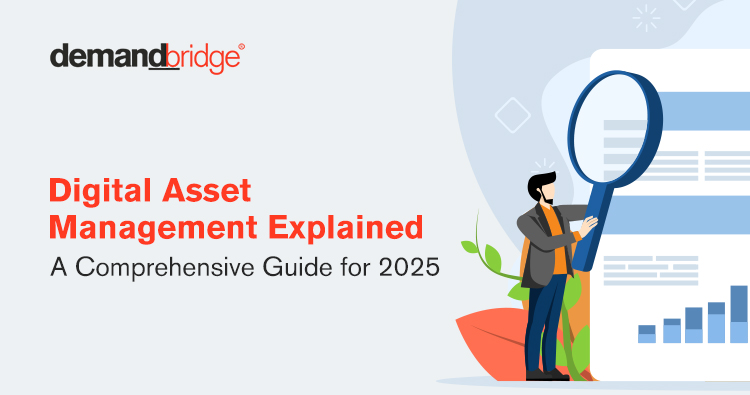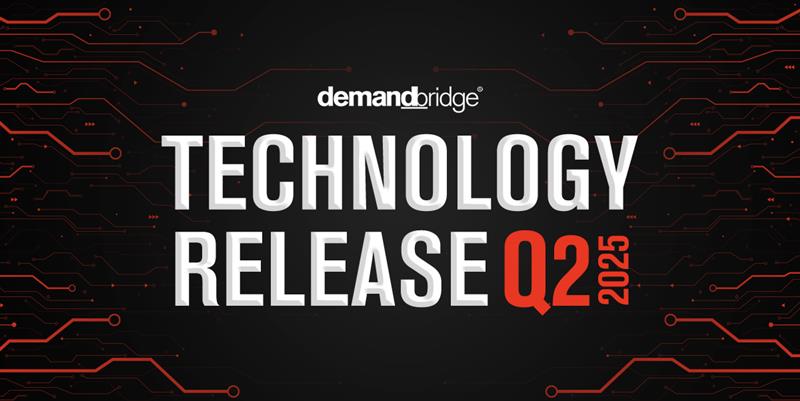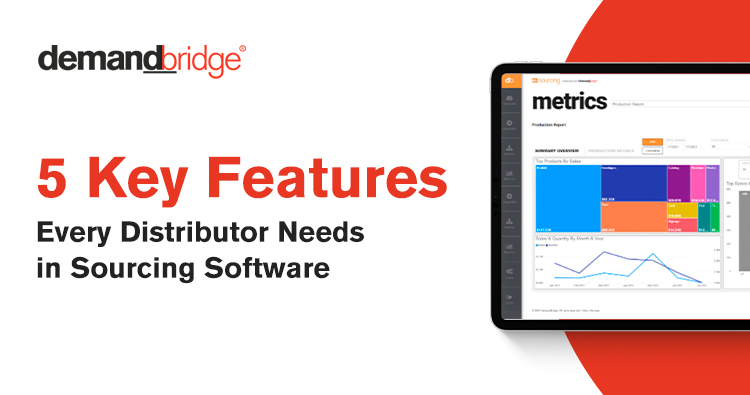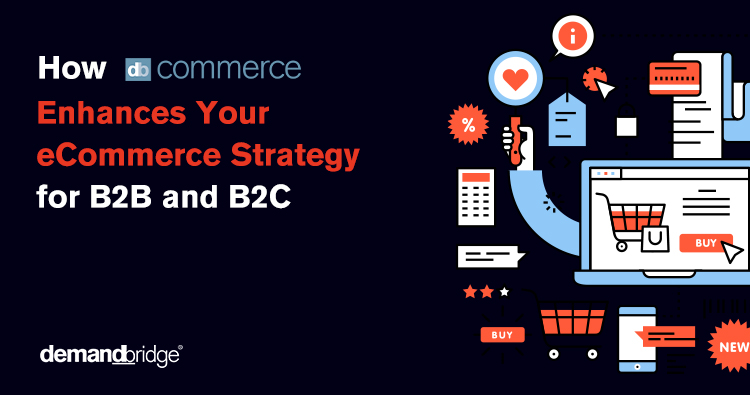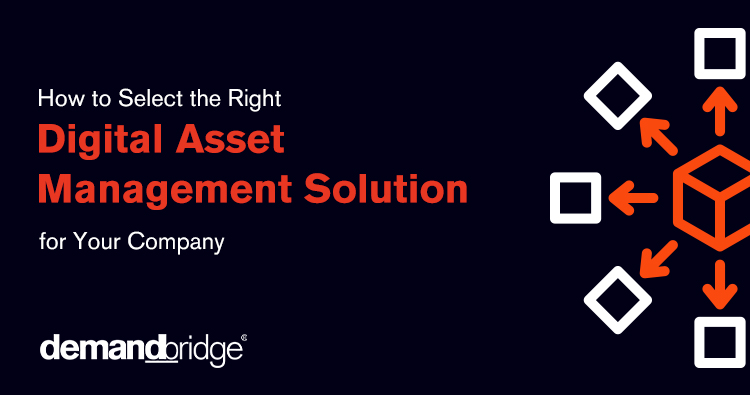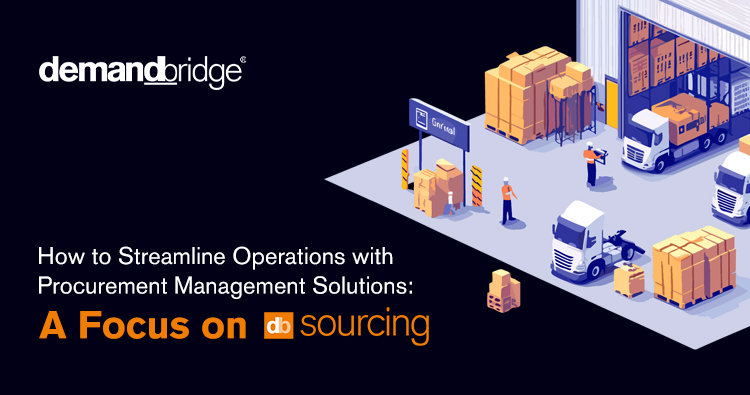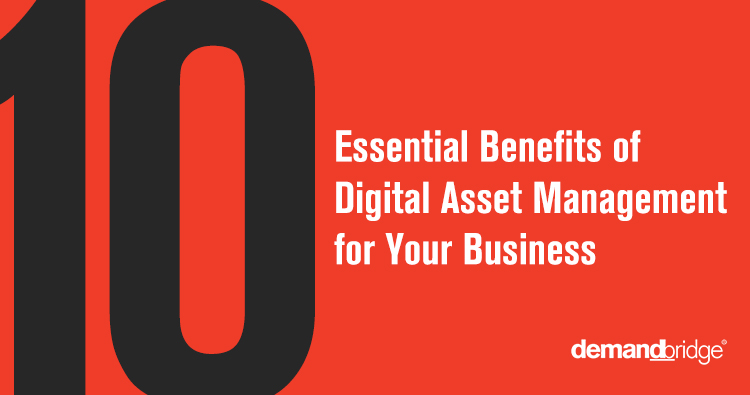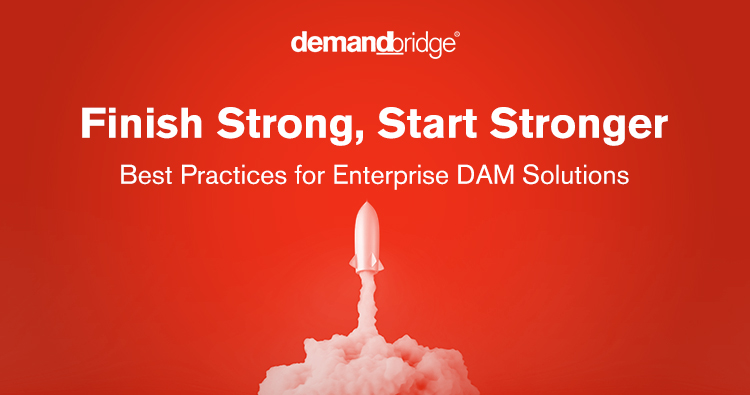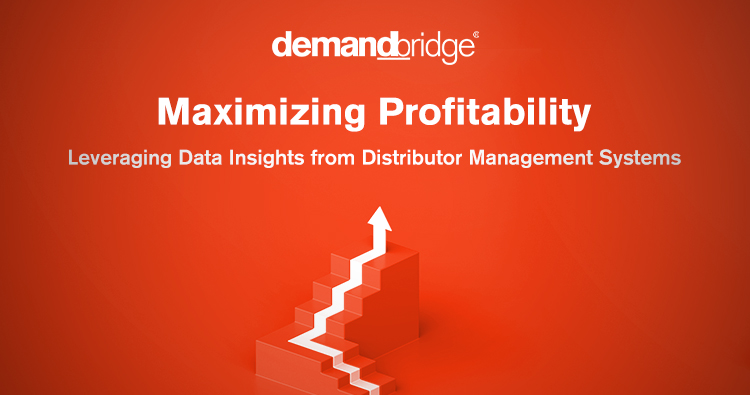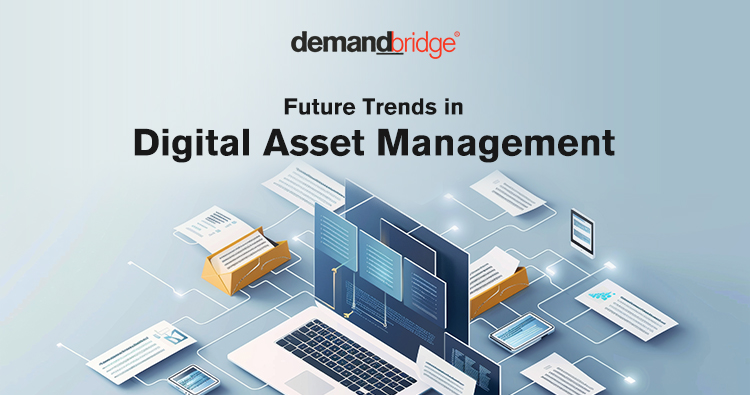Now that we’ve made it to 2025, it’s clear that digital content continues to play a central role in marketing, sales, and overall online brand promotion! If it ever stops, we’d certainly be surprised to say the least, but since we don’t claim to be psychics that is yet to be determined.
Companies across every industry have their own processes for creating, storing, and managing essential digital assets for their brands such as images, videos, documents, and more. But without the right tools and processes in place, managing these assets can quickly become overwhelming for even the most fully stacked marketing team.
There is a way though to get a handle on this, for companies small and large alike! Digital Asset Management (DAM) systems are specifically designed to help users organize, store, and streamline all their digital content pieces and access to them. In this guide, we’ll explore what DAM is, how it makes a difference in your branding, and how innovative solutions available from DemandBridge can help your business optimize asset management for better collaboration and efficiency today.
Table of Contents
ToggleWhat is Digital Asset Management (DAM)?
As we’ve more or less already defined above, Digital Asset Management (DAM) refers to the system and processes by which a company organizes, stores, and tracks its digital content. A robust and fully functional DAM system however allows businesses to:
- Organize assets using tags, categories, and metadata
- Store assets securely in a centralized, cloud-based repository
- Ensure easy access and quick retrieval through search and tagging functionality
- Collaborate effectively, sharing assets across teams and external partners
- Maintain version control, ensuring that the latest and greatest assets are always available to those that need them
With DAM, content doesn’t just magically get lost or suddenly disappear, and everyone can be given access to all the right assets, at the right time, the right way — without all the heavy lifting.
The Growing Importance of DAM in 2025
As businesses grow and thus create more content to promote their brands, there are several reasons why implementing a DAM system is crucial in 2025:
- Overcoming Content Clutter: Businesses today create more content than ever, from marketing assets to product images. Without a DAM system, having to keep track of all digital assets and ensure accessibility for the departments, teams, and users that need it can be a nightmare. According to a 2024 study by Forrester Research, 74% of marketing teams struggle with managing just the sheer volume of digital assets they produce; this goes for the big brands and even the smaller mom and pop shops that are highly active online, this can be in short, just a lot.
- Ensuring Brand Consistency: Whether you’re creating sales collateral, social media posts, or web content, maintaining brand consistency is key to building trust with your customers, prospects, partners, and all a part of your market. A DAM system helps ensure that everyone that needs to be is using the most correct, current, and approved version of each asset. Our partners at Adobe report that 67% of businesses say brand consistency is a top priority for their marketing teams.
- Increasing Productivity: As the old saying goes, time is money, and when employees are wasting time hunting down files or are incorrectly using outdated content (we’re looking at you now, Sales), it affects more than just your online appearance and can even mean a hit to your bottom line at worst. With a DAM system in place though, employees can focus on what matters most—creating great content and driving results with it. Research from The DAM Foundation shows that organizations that implement a DAM system report a 40% reduction in time spent on content retrieval. Imagine what else your team could accomplish with this amount of time back in their day?
But How Does DAM Help Your Branding?
1. Simply Centralizing Brand Assets
Ensuring that all are using the correct asset is One of the most significant challenges in branding. With a DAM system, all approved brand assets—logos, color palettes, fonts, product images, video assets, and templates—are stored in one easy centralized location.
2. Ensuring Brand Alignment Across Channels
Nowadays, businesses must manage their brands across an ever-expanding set of digital touchpoints: websites, social media, e-commerce stores, email campaigns, and more. With that, each of these channels has its own unique requirements for image sizes, formats, and messaging, which can be difficult especially for our less tech-savvy folks to juggle and can lead to employees going rouge, taking their best guess when it comes to choosing which assets to use.
A DAM system helps streamline this process by allowing marketing teams to specify and store assets in multiple formats and sizes. Whether a video sized just for LinkedIn, or a high-res product image required for a catalog, DAM ensures that the right file is always available and accessible, regardless of the channel.
3. Speeding Up Time-to-Market with Templates and Pre-Approved Assets
When marketing teams need to create new campaigns, there’s of course for them to move quickly. Without a centralized system though, they may waste time searching for or re-creating brand-approved assets. A DAM system provides pre-approved templates and creative assets, allowing teams to accelerate content creation and ensure all their marketing materials align with brand guidelines. A study by Canto found that companies with a well-organized DAM system reduce their content creation time by as much as 50%.
4. Tracking and Reporting for Brand Performance
Beyond just storage and organization, DAM also provides valuable insights into how those assets are being used. By tracking which assets are most accessed and understanding how different teams use them, businesses can better understand what resonates with employees and customers. These insights help teams tweak and refine their marketing strategies, ensuring that every asset is used and useful.
Cross-Team Collaboration & Asset Sharing
Cross-team collaboration today is a must as different teams often need to work together on projects, which is where a DAM system truly shines in:
1. Simplifying Cross-Team Asset Sharing
Marketing and Sales, for example, often need access to the same assets, but each may need the content in different formats or for different purposes. A DAM system allows for assets to be uploaded, organized, and tagged so that everyone can quickly identify and access them easily. Whether Sales needs up-to-date product images or Marketing needs branded graphics for the latest campaign, DAM ensures that your teams don’t waste time searching for what they need, when they need it.
2. Enhancing Efficiency with Version Control
When multiple teams are working on the same assets, version control becomes critical. DAM systems track every version of an asset and allow teams to see which one is the most current, and who was the last to update, reducing the risk of outdated or incorrect content being picked up and used. This is especially valuable when assets are being internally used across departments or by external vendors.
3. Streamlining Approvals and Feedback Loops
DAM systems often include features for collaboration, such as comment threads and approval workflows, which simplifies the approval process. Users can leave feedback directly on an asset, reducing the back-and-forth of the dreaded email chains and ensuring that changes are made quickly and accurately. This fosters stronger collaboration and faster content production.
4. Improving Collaboration with External Partners
External partners, like ad agencies or freelance designers, may require access to your digital assets to complete their given tasks. A DAM system allows you to provide secure, limited-time access to specific assets of your choosing, and streamlines the start and collaboration process. By sharing these assets and tracking their use, you ensure that external partners are always using the latest files, maintaining brand integrity and consistency across all channels.
How DemandBridge Can Help Elevate Your DAM Strategy
While a DAM system is essential for managing your assets, it’s important to have the right set or suite of tools that integrate into your existing workflows. Beyond just Digital Asset Management, DemandBridge provides a comprehensive suite of software solutions designed to streamline promotional products operations, printing, distribution and more. Here’s how our solutions products can help:
1. Integrating Digital Asset Management with eCommerce & Order Fulfillment
DB Distributor is an ideal solution for businesses in the distribution and fulfillment space. Not only does it streamline order management, but it also integrates seamlessly with your digital asset management efforts. With DB Distributor, users can efficiently store product images, specifications, and marketing assets—ensuring that every touchpoint, from inventory to delivery, is enhanced by the right visuals and media files.
2. Simplifying Asset Management for Small to Mid-Sized Businesses
EQ Commerce is perfect for small to mid-sized businesses that need a simple but robust tool to manage digital assets within their eCommerce platforms. With EQ Commerce, track and organize all product images, brochures, and promotional content for easy access to assets and across their online storefronts and campaigns.
3. Automating Digital Asset Distribution and Marketing
DemandBridge’s integrated marketing solutions help connect digital asset management to their end-use across marketing channels such as email, social media, and web. By centralizing assets and allowing for distribution as needed, your marketing materials are always on-brand, up-to-date, and available to the right teams at the right time. Whether you’re running a short-term promotional campaign or updating branding across your website, DemandBridge’s solutions can help streamline the process from start to finish.
Some Quick Tips for Managing Digital Assets in 2025
To get the most out of your DAM system, it’s essential to follow a few best practices:
- Create Clear Folder Structures: A well-defined folder structure and consistent naming conventions are key to easy navigation. Group assets by campaign, product line, or content type to make finding them faster and more intuitive.
- Add Metadata and Tags: Use metadata and tags to categorize your assets by file type, creation date, or other information; make your assets easy to search for and filter by.
- Establish User Permissions: Different groups and users may need different levels of access to digital assets. Ensure that only the right people can edit, download, or share assets by setting the appropriate user permissions.
- Regularly Review Your Asset Library: As assets get further and further away from their creation date, they can quickly become irrelevant. Regularly audit your DAM system to remove outdated assets and ensure that only the most up-to-date content is available for use.
Conclusion
In 2025, effectively managing digital assets is more important than ever. With the explosion of all things mobile and digital, businesses need powerful solutions to organize, track, and distribute assets in an efficient and scalable way. According to MarketsandMarkets, the global DAM market size itself is expected to grow from $5.2 billion in 2020 to $11.1 billion by 2025, underscoring the sheer importance of these systems.
By integrating DemandBridge’s DB Distributor, EQ Commerce, or our other premier marketing solutions into your digital asset management strategy, you can streamline processes, boost cross-team collaboration, and ensure that your assets are always live and ready for action—all while keeping your branding strong and consistent across every touchpoint.
Contact us to explore how DemandBridge can help your business enhance its asset management strategy today!
